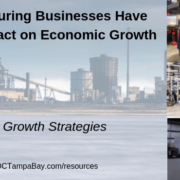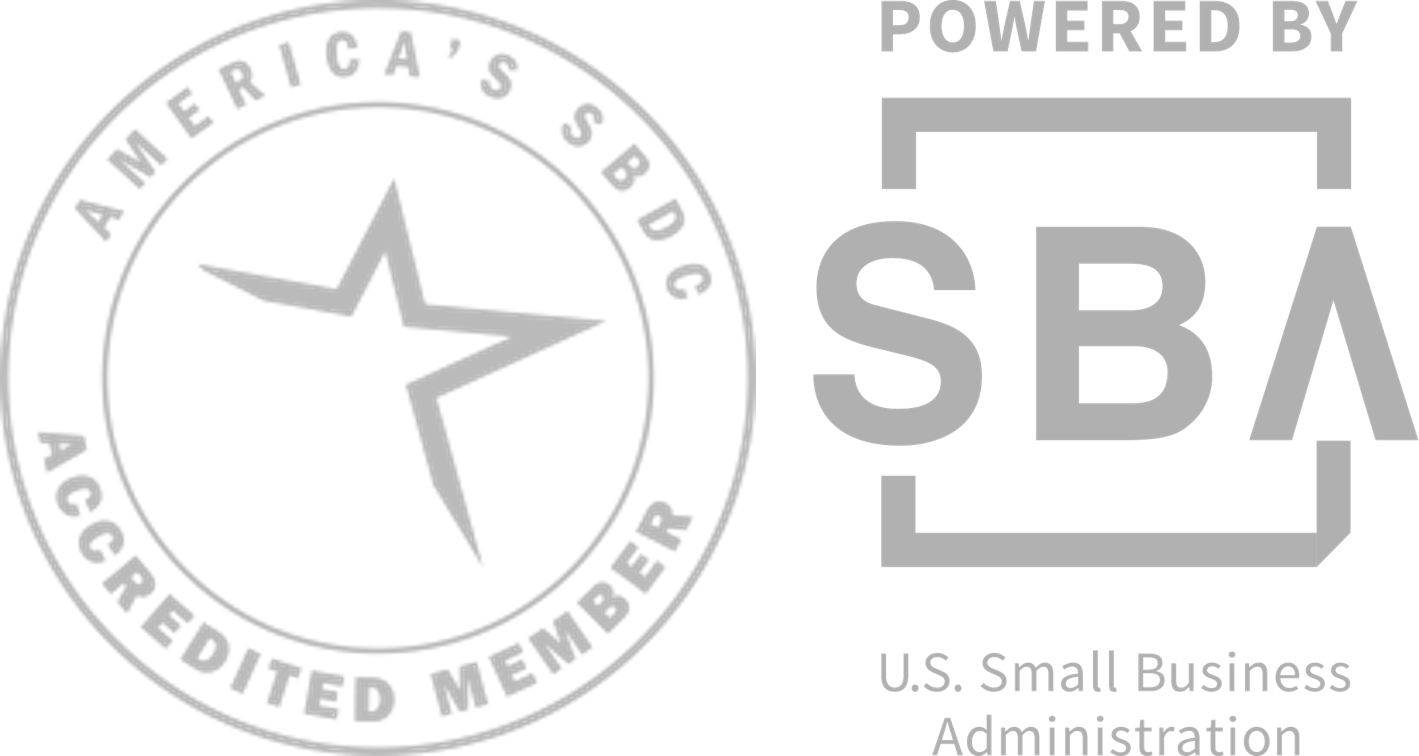7 Key Growth Strategies for Manufacturers
by Pablo Arroyo | October 9, 2018
Tremendous advances in manufacturing processes and technologies imply that manufacturers need to adapt, innovate and take advantage of challenges and changes. This article will provide key insights and seven strategies for manufacturers to deal with these challenges.
#1: Think Strategically
To deal with challenges, it is very important for a manufacturer to think strategically and design a long-term plan involving all functional areas of the organization. The process of moving a business from where it is today to where it should be tomorrow is strategic planning. Place the information within a decision-making framework to develop a long-term plan for the direction of the business.
#2: Understand the Relationship between New Technologies and Cost Efficiencies
Technologies are a fundamental component for long-term competitiveness. Consider how technologies can be implemented in small operations and the economic benefits of adopting them. Furthermore, understand cost economies, new industry financial standards, and how much more cost-competitive the industry is becoming, is essential. Costs are controlled by several key factors such as technology, size and breadth of operations, production efficiencies and input prices.
#3: Recognize Changes in Consumer Trends and Adapt Marketing
As a manufacturer, salespeople might not be selling directly to the end consumer but major consumer trends will eventually impact the operation. Recognize these markets trends, which are driven by technology, demographic shifts, environmental factors and changing customer values. Consider new opportunities to reach out to and keep engaging with clients with new marketing and communication strategies. Greater coordination is anticipated between distributors/retailers and producers/manufacturers as the risks are shared between both.
#4: Collaborate and Redefine the Business
How can one overcome the disadvantage of being small? How can he/she access complex technologies and new markets? One solution is to forge a strategic alliance with another manufacturer. Another idea is to redefine the business organization and find alternatives for ownership and financing. There are many ways to finance and organize your business. Is being the owner of the whole operation the only alternative? Is there a specialization opportunities in a particular phase of production? Producing under contract and becoming part of a larger supplier network are options that can work for many manufacturers.
#5: Consider Exporting as Diversification Strategy
Expanding the organization’s client base into global markets can be a strategy to increase revenues, increase margins and protect against downturns in the domestic economy. The product can be maturing in the U.S. and facing declining sales, but there could opportunities in emerging markets, extending the life cycle of the product. U.S. products are well-regarded overseas, considered of higher quality, and able to command a higher price. As a manufacturer, consider taking advantage of free trade zones to import a raw material or component and incorporate it into a finished product that is exported. This way, the manufacturer avoids paying duties on the imported component. International market expansion is a vital option for many U.S. manufacturers.
#6: Implement a Long-Term Growth Plan and Position Your Business
Develop a long-term plan considering all alternatives available. Study them and evaluate the economic benefit that each one can produce. Implement the plan considering that there will be fundamental decisions to make: Is there a long-term commitment? What is needed to secure a competitive position in terms of size or production efficiencies? What is plan B if established goals cannot be achieved or if market conditions change? Also, position the business effectively. There should be a process for implementing these initiatives and positioning the business for success. One might find a niche in the market and become a high margin, low-volume niche operation.
#7: Leverage Available Resources
There are many organizations, local, statewide and federal, that provide the business community with training, consulting, market research and special services. As a manufacturer, these organizations can help with designing a strategic plan for the operation, including financial analysis, designing a marketing strategy, or expanding to international markets. In fact, there are specialized services available to manufacturers at minimal or no cost. These include industry benchmarking, competitive intelligence, recommendations for sustainable growth, optimizing digital marketing, and a pathway for expanding your international footprint.
No matter the organization, be sure to research its history, take a look at client reviews, and understand all associated costs before signing any contracts, or engaging their services.
Follow the strategies above to ensure the organization is adapting and innovating to stay current in the industry, but remember growth doesn’t have to be achieved alone. Utilize the available resources when appropriate and don’t be afraid to ask for guidance.
Read: Manufacturing Businesses Have Major Impact on Economic Growth






Pablo Arroyo, MBA, CGBP, CME
Arroyo, Consultants, International Consultants 2, International Trade, TampaNASBITE Certified Global Business Professional (CGBP), Florida SBDC at USF, Tampa
Specialties: International Trade, Marketing, Business Planning, Startup Assistance
Pablo Arroyo has 17 years of experience in business development as an owner and business consultant in the public and private sectors. He is a Certified Global Business Professional (CGBP) and a Certified Marketing Executive (CME). He holds a bachelor’s degree in animal science, concentrating on international agriculture and agriculture economics, from the University of Missouri, and an MBA from the University of South Florida in marketing and international business. Arroyo was involved in strategic market expansion for companies from diverse sectors with emphasis on manufacturing, technology, agribusiness, food, tourism, hospitality, entrepreneurship and value-added enterprise development. Originally from Puerto Rico, he is fluent in Spanish and English.